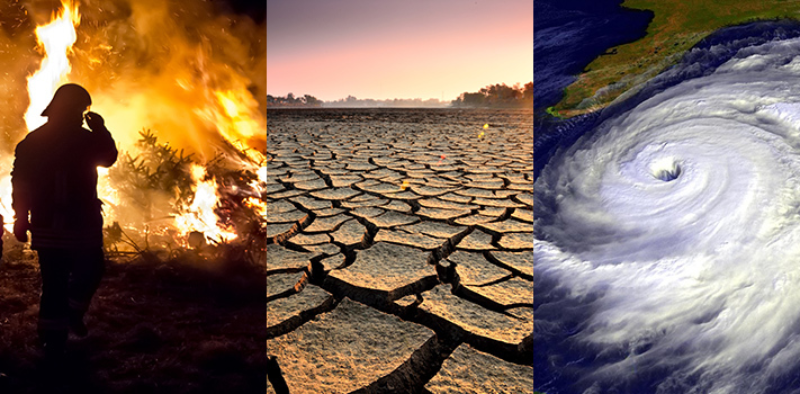Global climate change has already had devastating effects on the environment due to the constant use of non-renewable energy resources. Non-renewable resources are seen to be detrimental because they take millions of years to form while also emitting harmful pollutants into the atmosphere.
The Union of Concerned Scientists said that the burning of fossil fuels emits air pollutants and causes adverse effects to both the environment and public health. Consequently, the effects of climate change have caused glaciers to shrink, rivers and lakes to deplete, all while displacing various species of fauna, according to NASA.
Overall, scientists have been concerned about the rising global temperature and believe that it will continue to climb for the next several decades to come. And despite the ongoing efforts to control the rate of climate change, the Intergovernmental Panel on Climate Change (IPCC), which consists of 1,300 scientists from the U.S. and other countries, forecasts a temperature rise of 2.5 to 10 degrees Fahrenheit over the next century.
As a result, many countries have signed pacts in order to mitigate the use of non-renewable resources. Specifically, some countries are beginning to transition towards using renewable resources such as solar, hydro, or wind power. Typically, these resources can be harnessed through naturally recurring elements and when compared to non-renewable resources, clean energy solutions are much more beneficial for the environment.
Overall, the continued efforts to promote clean energy solutions are further accelerating the renewable energy market. And based on current trends, the industry is positioned to become one of the fastest-growing global marketplaces.
According to data by BP’s (www.bp.com/US) Energy Outlook, the global renewable energy market could potentially grow by 400% by 2040. However, the renewable energy industry is still in its infancy stage, as it is expected to only account for 14% of the total global energy demand. Despite the small figure, its rapid development in countries like China and India could further expand the prevalence of the clean energy industry.
In its energy outlook, BP notes that the robust growth of the industry is largely due to the cheaper costs of renewable energy compared to oil and gas. Prices of wind and solar energy are marginally cheaper than non-renewable resources, but as the industry continues to progress, clean energy prices can be expected to decline even further. However, despite the growing initiative to transition towards clean energy, BP projects that carbon emissions are expected to increase by 10% by 2040.
However, the 10% growth is significantly less than the 55% rate by which carbon emissions have grown in the past 25 years. Nonetheless, many businesses are actively investing to create clean energy solutions in the near future. For instance, large international corporations such as Apple, Facebook, Google, Amazon, and Wal-mart have all pledged to transition towards using renewable resources to power their operations. Moreover, oil and gas giants such as Exxon have established wind and solar energy plants in order to shift towards a cleaner future as well.
Michael Polsky, CEO/founder of Invenergy, said that corporations are expected to be the fastest-growing customer segment of the renewable energy market. And over the next several decades, the market share of renewable energies is expected to drastically increase compared to non-renewable resources.
By 2025, wind and solar energy are expected to make up 50% of the world’s electricity as fossil fuels account for only 31%, according to BloombergNEF.
“Renewable energy is good for customers, the environment and the bottom line of corporations that run their operations with it,” said Letha Tawney, Director Of Utility Innovation and Polsky Chair For Renewable Energy at WRI, and Manish Bapna, Executive Vice President and Managing Director of the World Resources Institute, “We know corporate demand for more renewables is coming. We know it’s one way to prosper while cutting down on greenhouse gas emissions and other harmful air pollution. It’s time to listen to the demand side and let the supply side understand that it’s in their best interest to make this shift— for profit now and continued profitability down the line.”
Image courtesy of climate.nasa.gov





